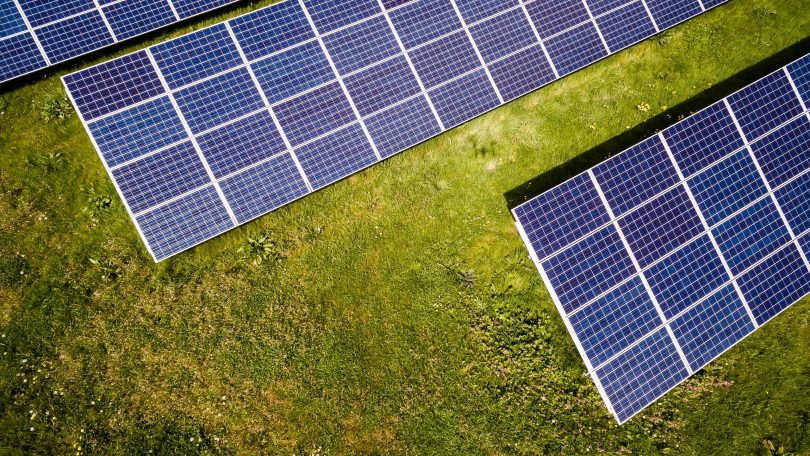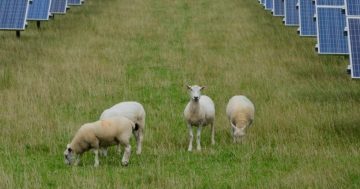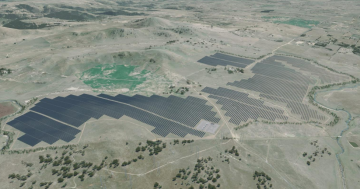
Springdale Solar Farm, near Sutton, will consist of 260,000 solar panels. Photo: File.
A four-year battle between Sutton residents and two renewable energy companies has ended with the conditional approval of a 100-megawatt solar farm located 3.5km north of the ACT border and 7km northwest of the NSW rural village.
Renew Estate began an application for the $120 million Springdale Solar Farm in September 2017. However, RES Australia announced its acquisition of the project in March 2020.
The state significant development will be capable of producing 100 megawatts of energy at full capacity – enough to power 37,000 homes in Canberra – for the next 35 years.
Construction of the 260,000 solar panels will take place on about 190 hectares of mostly cleared agricultural land, surrounded by 11 homes.
The project is expected to generate up to 200 jobs during the 10-month construction period and five ongoing jobs during its operational life.
While this is good news for construction workers and electricity providers, village residents are worried about losing prime agricultural land and the impact on biodiversity, local roads, house values and amenities.
The solar farm was referred to the Independent Planning Commission NSW in November 2020 after attracting 230 submissions, including 225 from the community.
The Sutton Solar Action Group has outlined: “The local community doesn’t want Sutton to become recognised as just ‘that place with the massive solar plant’.”
However, the commission said it finds “on balance… the impacts are acceptable and capable of being appropriately mitigated through the measures required under the conditions of consent”.
Those conditions include setback and vegetation screening requirements to minimise visual impacts on nearby residents; the establishment and management of a 60-hectare Golden Sun Moth conservation area; and measures to protect the habitat of the superb parrot and legless lizard.
While the steps to protect biodiversity have been favoured, residents with views of the solar farm say the vegetation buffer won’t be high enough and will take years to grow.
That’s despite the commission stating that the vegetation buffer must be planted prior to construction of the solar farm. RES Australia has also agreed to decrease the development footprint by increasing the distance between the solar panels and one of the homes by 90 metres, and slightly moving the onsite substation to reduce the visual impact on another house.
The commission also argued that while the solar farm will have some impact on local agricultural land, sheep can continue to graze under the solar panels and the land will be returned to its original state after 35 years.
It also found the location favourable, with the solar farm able to connect to TransGrid’s existing 132-kilovolt transmission line.
Residents are also worried about traffic travelling through the village during construction, with around 38 heavy vehicles expected to travel to and from the site during the peak construction period of five months.
However, the commission has made sure RES Australia will prepare a traffic management plan prior to construction and won’t allow heavy vehicles to travel through the village at key school times, which includes 8 am to 9:30 am and 2:30 pm to 4 pm on weekdays.







